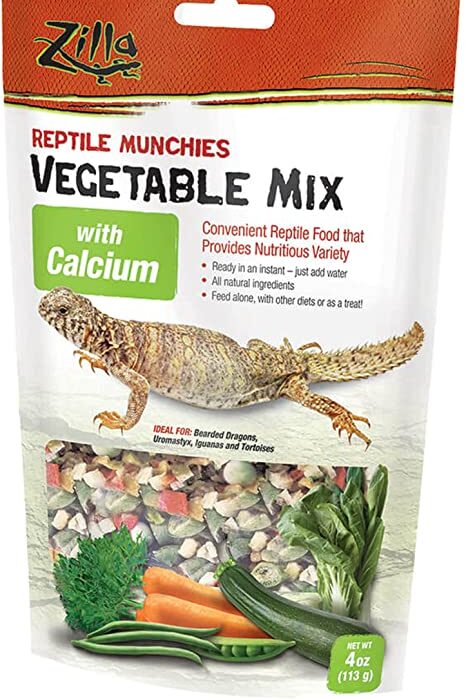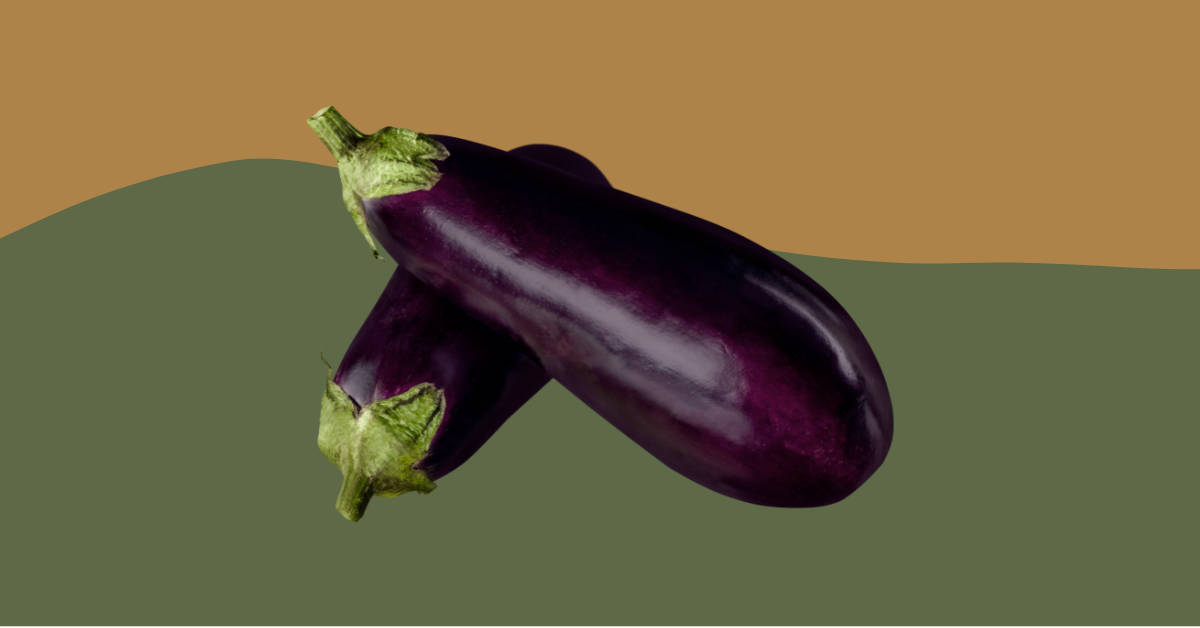Yes, bearded dragons can eat waxworms, but they should only be fed these insects as an occasional treat. Waxworms are high in fat and low in nutrients, making them an unhealthy staple diet for your bearded dragon.
Table of contents
In this article, we’ll discuss the do’s and don’ts of feeding waxworms to your pet, best practices for their care, a detailed 5-step preparation guide, and answer some frequently asked questions.
Related Article: Bearded Dragon Care: Expert Tips and Insights
Do’s
- Feed waxworms as an occasional treat. Limit their intake to once or twice a week, as they are high in fat and low in nutrients.
- Gut-load waxworms with nutritious foods for 24 hours before feeding them to your bearded dragon. This ensures that your pet will benefit from the additional nutrients in the insect’s gut.
- Offer appropriately-sized waxworms to your bearded dragon. Smaller dragons should be fed smaller waxworms, while larger dragons can handle larger ones.
Don’ts
- Don’t feed waxworms as a staple diet. Their high-fat content can lead to obesity and health problems in your bearded dragon.
- Don’t feed wild-caught waxworms to your pet, as they may carry parasites or pesticides. Purchase waxworms from reputable sources to ensure they are safe for consumption.
- Don’t overfeed waxworms. Stick to the recommended serving size based on your bearded dragon’s size and age to avoid health issues.
Best Practices for Feeding Waxworms to Bearded Dragons
Following best practices when feeding your bearded dragon will ensure their safety and overall health. Here are some best practices to keep in mind:
- Monitor your bearded dragon’s weight. Regularly weigh your bearded dragon to ensure they maintain a healthy weight. Overconsumption of waxworms can lead to obesity, so monitoring their weight helps you adjust their diet accordingly.
- Provide a balanced diet. In addition to waxworms, offer your bearded dragon a variety of other insects such as crickets, mealworms, superworms, and Dubia roaches. Also, include leafy greens and vegetables, like collard greens, mustard greens, dandelion greens, bell peppers, and squash. A balanced diet helps ensure your bearded dragon receives the necessary nutrients to stay healthy.
- Offer a calcium and vitamin supplement. Dust the insects, including waxworms, with a calcium and vitamin D3 supplement before feeding them to your bearded dragon. This helps prevent metabolic bone disease, a common issue in captive reptiles due to insufficient calcium intake.
- Maintain a proper feeding schedule. Feed juvenile bearded dragons more frequently than adults, as they require more nutrients for growth. Juveniles should be fed daily, while adults can be fed every other day. Waxworms should only be offered as an occasional treat, regardless of age.
- Ensure proper enclosure temperatures. Bearded dragons need appropriate basking and cool zone temperatures to effectively digest their food, including waxworms. Maintain a basking area temperature of 95-110°F (35-43°C) and a cool zone temperature of 75-85°F (24-29°C).
- Practice good hygiene. Always wash your hands before and after handling your bearded dragon or their food. This helps prevent the spread of bacteria, parasites, and other pathogens that can harm both you and your pet.
- Observe your bearded dragon’s behavior. Keep an eye on their energy levels, appetite, and overall health to ensure they are not suffering from any diet-related issues. If you notice any changes in behavior, consult your veterinarian to rule out underlying health problems.
Related Article: Bearded Dragon Feeding Guide: Nutrition Tips
Step-by-Step Guide to Preparing Waxworms for Your Bearded Dragon
Step 1
Purchase waxworms from a reputable source. Look for a trustworthy supplier to ensure you are feeding your bearded dragon safe and healthy insects.
Step 2
Store waxworms properly. Keep them in a ventilated container with a food source, such as honeycomb, bran, or oatmeal, at room temperature.
Step 3
Gut-load waxworms by providing them with nutritious food 24 hours before feeding them to your bearded dragon.
Step 4
Choose the appropriate size of waxworms for your bearded dragon based on their size and age.
Step 5
Place the waxworms in a feeding dish or hand-feed them to your bearded dragon, depending on your pet’s preferences and your comfort level.
Need Recommendations?
Here’s Our Top Amazon Picks
You may also like 📖
Frequently Asked Questions
How often should I feed waxworms to my bearded dragon?
Feed waxworms to your bearded dragon once or twice a week as an occasional treat. Overfeeding can lead to obesity and health problems. Make sure to provide a balanced diet with a variety of insects and greens to meet their nutritional needs.
What other insects can I feed my bearded dragon?
Other suitable insects for bearded dragons include crickets, mealworms, superworms, Dubia roaches, and black soldier fly larvae. Rotate these insects in your bearded dragon’s diet to provide a range of nutrients and prevent boredom.
Can waxworms be fed to baby bearded dragons?
Yes, waxworms can be fed to baby bearded dragons, but only in moderation. Offer smaller waxworms and limit their consumption to once a week to avoid excessive fat intake. Baby bearded dragons have higher nutritional requirements and should be fed daily with a variety of insects and greens.
What is gut-loading and why is it important?
Gut-loading is the process of feeding nutritious foods to insects, like waxworms, before offering them to your bearded dragon. This allows the insects to consume and store essential nutrients that will then be passed on to your pet when consumed. Gut-loading ensures your bearded dragon receives a more nutritionally balanced meal, improving their overall health.
Can I breed my own waxworms for my bearded dragon?
Yes, you can breed your own waxworms. To do this, you’ll need a container with a substrate like bran or oatmeal and a source of moisture such as honey or glycerin. Introduce wax moth eggs or larvae to the container and maintain a temperature of 80-85°F (27-29°C) to encourage their growth. Breeding your own waxworms can be cost-effective and allows you to have better control over their nutrition through gut-loading.
Conclusion and final thoughts 💭
Feeding waxworms to your bearded dragon can be a delicious treat for your pet when offered in moderation. By following the do’s and don’ts, adhering to the best practices for bearded dragon care, and understanding the FAQs provided in this article, you can ensure your bearded dragon enjoys a healthy, balanced diet.
Always monitor your pet’s weight, offer a variety of insects and greens, and maintain a proper enclosure environment to keep your bearded dragon happy and healthy. If you have any concerns about your bearded dragon’s diet or health, consult with a qualified veterinarian for professional guidance.
Looking for more? Here’s our roadmap:
General Bearded Dragon Pet Owners Guide
Bearded dragons are native to the arid regions of Australia and are known for their unique beard-like appearance. As pets, they have become increasingly popular due to their friendly and inquisitive nature, making them an ideal choice for reptile enthusiasts. Bearded dragons are diurnal, meaning they are active during the day, and their average lifespan ranges from 8 to 12 years, with proper care. When considering adopting a bearded dragon, it’s essential to be prepared for a long-term commitment and be well-informed about their care requirements.
One of the most crucial aspects of bearded dragon care is providing an appropriate enclosure. Adult bearded dragons thrive best in a 20 to 50-gallon tank, but a larger enclosure is always better. It’s important to always keep the tank clean. The tank should have a basking area with a temperature range of 95-110 degrees Fahrenheit, as well as a cooler area with a temperature between 75-85 degrees Fahrenheit. In addition, bearded dragons need access to UVB lighting to help them synthesize vitamin D3 and properly metabolize calcium, which is vital for their bone health.
A balanced diet is essential for a healthy bearded dragon. Their dietary requirements change throughout their life stages; juvenile bearded dragons need a higher protein intake, with insects making up around 80% of their diet and the remaining 20% consisting of vegetables and fruits. As they grow into adults, their diet should consist of approximately 20% insects and 80% vegetables and fruits. It’s important to offer a variety of food items to ensure they receive all the necessary nutrients, and to dust their food with calcium and multivitamin supplements as recommended by a reptile specialist or veterinarian.
Regular interaction and observation of your bearded dragon are vital for maintaining their well-being. Handling your pet gently and frequently can help build trust and strengthen your bond. Monitor your bearded dragon’s behavior, appetite, and overall health to detect any potential issues early on. If you notice any signs of illness, such as lethargy, loss of appetite, or irregular bowel movements, consult a reptile specialist or veterinarian for guidance. Proper care, feeding, and attention will ensure your bearded dragon remains a happy and healthy companion for years to come.







Leave a Reply